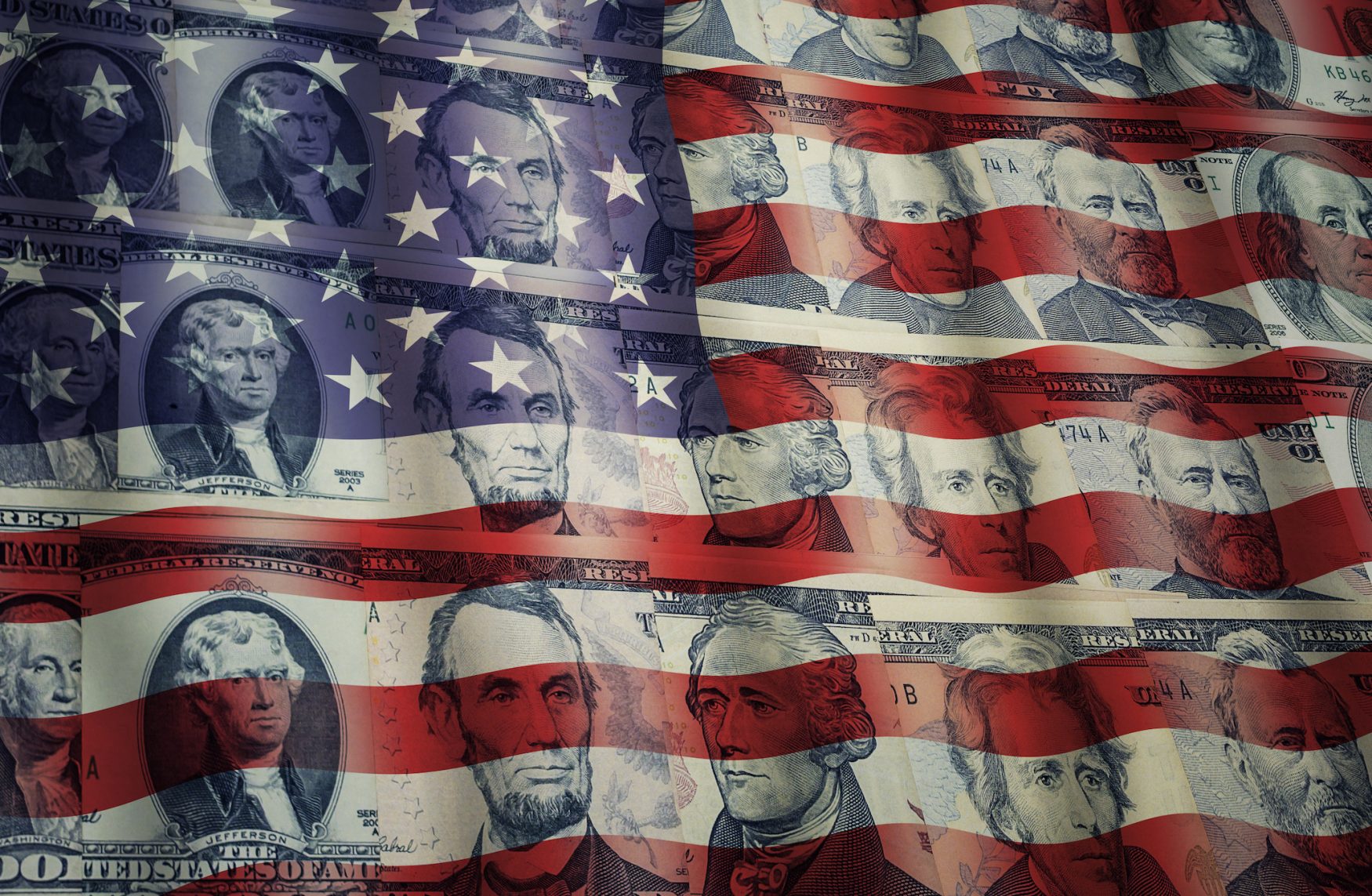
The Fractional Reserve Banking Crisis
The Fractional Reserve Banking Crisis Cannot be Resolved Until the People and Government of the United States Recognize the Flawed Federal Reserve System.
The fractional reserve banking crisis is a pernicious way banks across the world operate.
It is using this method that economies of entire countries are based. It has caused chaos that has enveloped many of the world’s financial markets.
Called fractional reserve banking, this dangerous practice is supported by governments everywhere, and more actively by the U.S. government than most.
It is responsible for the explosion of credit facilities in the past 30 years or so, as credit is basic to the system, while saving is anathema.
According to the U.S. Federal Reserve, the fractional reserve system permits the banking system to create money.
This is done by means of bookkeeping entries and a type of accounting that turns this fictitious cash into assets for the banks.
So embedded is this way of banking that economists today actually recognize two forms of money in circulation: central bank money, created by the central bank in the form of banknotes, coins and even electronic money loaned to commercial banks) and so-called commercial bank money, which is the theoretical money created by the banks.
The existence of this form of accounting has also made other fictitious forms of financial management to flourish, such as the creation of bizarre forms of derivatives, unfettered currency trading and schemes such as credit default swaps a form of pass the parcel among the various banks.
Built into the fractional reserve system is the necessity for this notional commercial money to increase exponentially over time, or otherwise the whole system fails as it is doing now.
It is, when examined closely, a giant Ponzi scheme that relies for its continuance for more and more fictitious money to be created, in order to ensure impressive bottom lines and fat profits for the banks of the world.
It should be noted that the banks are quick to convert there theoretical profits into hard assets, which is as good an indication as any that the system is fatally flawed.
Fractional Reserve Banking Crisis Troubles
The credit crunch, the exponential increase in the bankruptcy of business and individuals, the collapse of the banks and the inability of state organs to stop the domino-effect of the collapse, all amounts to the inevitable fractional reserve bank crisis, which has threatened the world as long as this form of bank accounting has been in existence.
Until consumers, business people and intellectuals reject this criminal method of accounting by banks, the system will continue to stumble along, while economic conditions worsen everywhere.
Why Governments Won’t Stop Crisis
Governments are loath to upset the apple-carts of the bank of the world, which are the very institutions to which they are all highly indebted in some form another.
This fact, and the fact of influential vested interests, explains why governments all over the world, most notably the U.S. government, have been so hasty to try and bail out troubled banks.
But because this is a Ponzi scheme, this panacea is temporary for the select bailed-out banks and hardly makes a dent in the scheme of the fractional reserve banking crisis.
No government anywhere is in a position to rescue all the banks of a country, seeing as the shortfall it would have to cover is far times greater than the gross domestic products (GDPs) of the countries concerned.
It is futile to believe that they can or will.
Didn’t Always Have Theoretical Money
In fact, the financial of the world has changed so dramatically between the 1700’s and today’s financial reserve banking crisis that it is hard to relate one to the other.
In the old days, you paid with a bag of silver or gold, or you bartered your goods. If you didn’t have gold or silver (or any other form of commonly-sued currency) you simply could not pay.
The first breach in the old system came when you could give a paper promise to pay in currency, rather than the currency itself.
It was then a short step, early last century, for the paper not to be based on anything at all.
For example, countries’ monetary systems departed from the gold standard.
Paper money was, and still is, even worth the paper it is printed on. The world was ripe for a fractional reserve banking crisis.
How Fractional Reserve Banking Works
A deposit deposits central money (e.g. a banknote) into a bank.
If the bank has a fractional reserve rate of 20%, this means the bank keeps $20 of a $100 dollar deposit.
It loans out the rest, or $80. The borrower then deposits the $80 and the process happens again, with the borrower’s interest accumulating in addition.
As the process goes on, more and more bank is created.
The same money is lent out again and again, creating fictitious money, which the banks define as assets!
The banks are motivated to lend money as this supposedly increases their asset base. At best these so-called assets are numbers flickering on a screen.
The first sign of a fractional reserve banking crisis occurs when all the depositors want to draw more than the total remaining 20% of actual central bank cash.
That’s when governments start printing money to bail out banks. That leads to inflation and solves nothing.
The only solution is to do away with fractional reserve banking.

 My First Amazing Ayahuasca Experience
My First Amazing Ayahuasca Experience  Pine Needle Tea
Pine Needle Tea  The REAL Controllers of Humanity: The Papal Bloodlines
The REAL Controllers of Humanity: The Papal Bloodlines  Is it Global Warming or Cooling?
Is it Global Warming or Cooling?  Gun Rights and Obama Examined
Gun Rights and Obama Examined